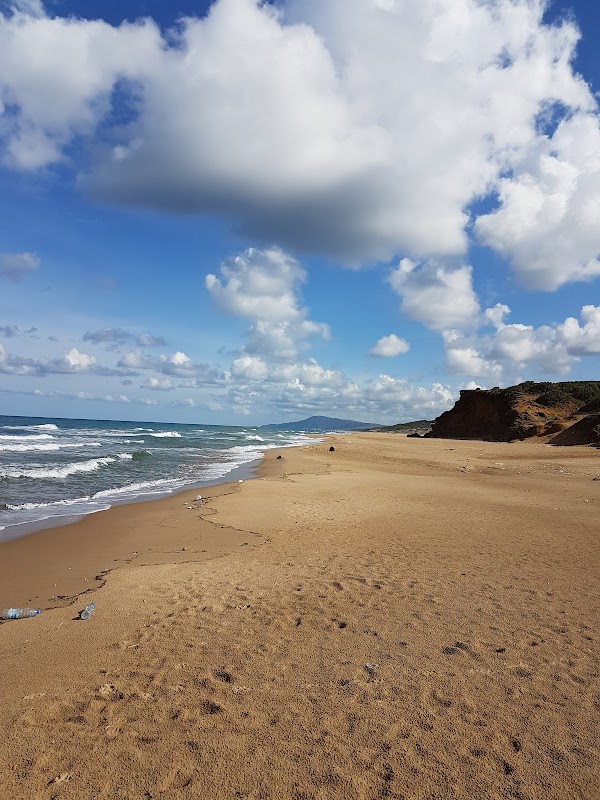
Ichkeul National Park Adventures
Ichkeul National Park in Tunisia is a vital wetland ecosystem known for its lake and seasonal marshes that provide a critical habitat for migratory birds and rich biodiversity.
About Ichkeul National Park

Located in northern Tunisia near the city of Mateur, Ichkeul National Park covers a rare wetland ecosystem dominated by Lake Ichkeul and its surrounding marshes and mountaintops. The park plays an essential ecological role in the Mediterranean region as a critical stopover point for over 300 species of migratory birds, including flamingos, storks, ducks, and egrets. The lake itself is freshwater in the rainy season and becomes increasingly saline in summer, shaping the unique plant and animal communities found there. The park's landscape transitions from the lake and marshes in lowlands to wooded hills and mountain slopes that reach up to 600 meters. Declared a UNESCO World Heritage Site in 1980, Ichkeul National Park established conservation measures to protect its biodiversity, especially after previous drainage attempts in the 1970s threatened the ecosystem. Visitors to Ichkeul can experience birdwatching along well-maintained observation points and trails around the lake and marshlands. The park offers a rare glimpse into the rich Mediterranean wetland ecosystem, as well as opportunities to see locally endemic plants and mammals like the Barbary stag and otters. Although infrastructure is limited, the park's natural beauty and ecological significance make it a vital destination for ecological tourism and scientific study. Its proximity to the Mediterranean coast and local towns also allows for cultural and historical exploration alongside nature-based activities.
Highlights
Lake Ichkeul, a seasonal freshwater and saltwater lake
Vital migratory bird habitat hosting species like flamingos and storks
UNESCO World Heritage status for international ecological importance
Scenic viewpoints over marshes and wooded hills
Notable Natural Features
Lake Ichkeul
The large seasonal lake at the heart of the park with dramatic changes in water level and salinity across the year.
Migratory Bird Populations
Home to hundreds of thousands of migratory waterfowl and wading birds annually, including flamingos and geese.
Mediterranean Wetland Ecosystem
A rare habitat combining freshwater and brackish marshes, forested hills, and reed beds in a compact area.
